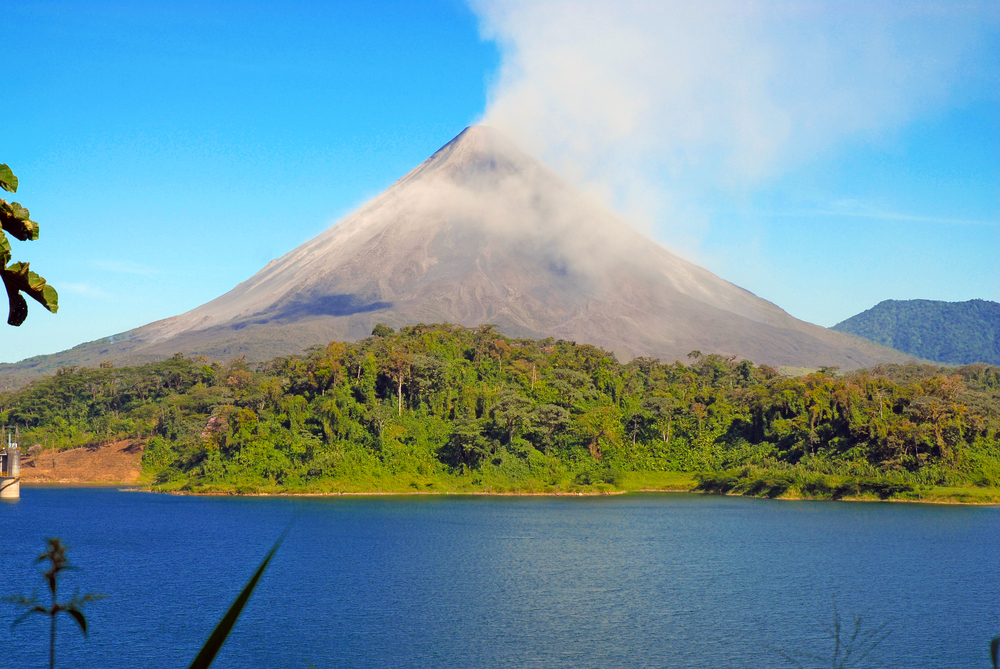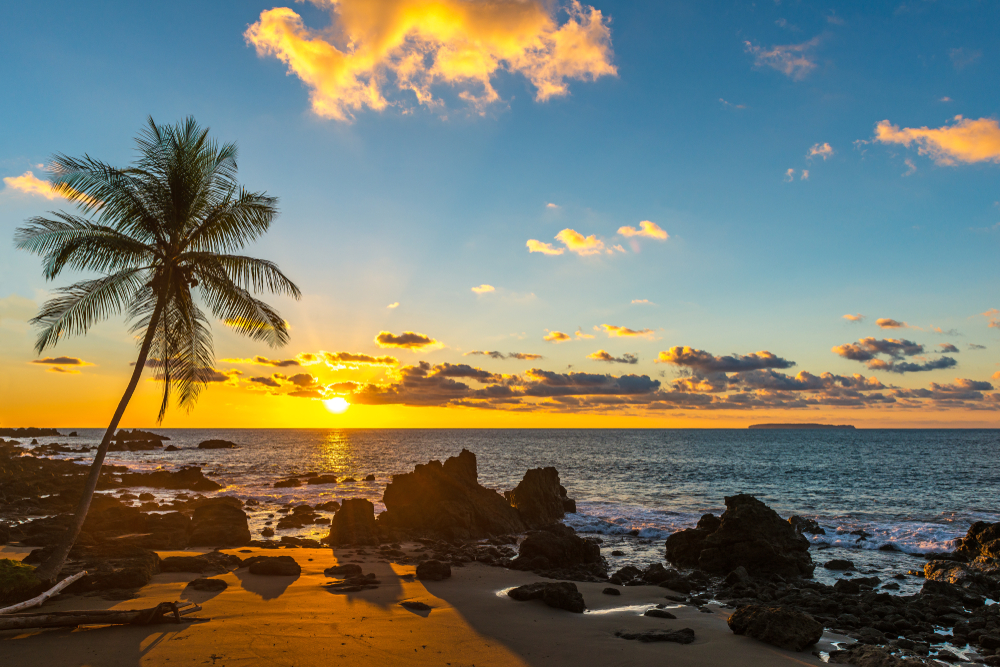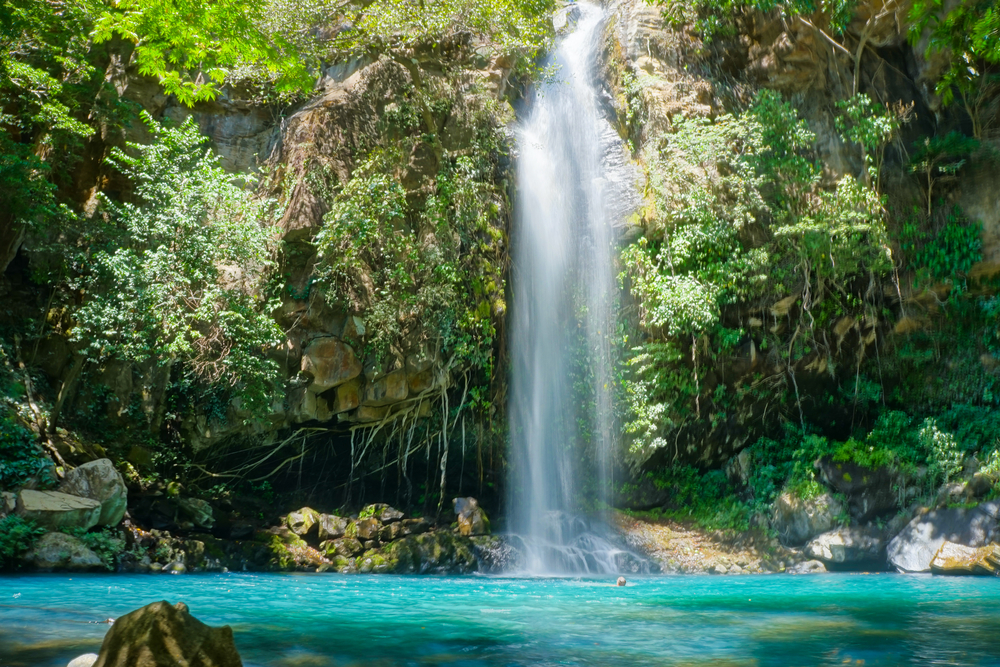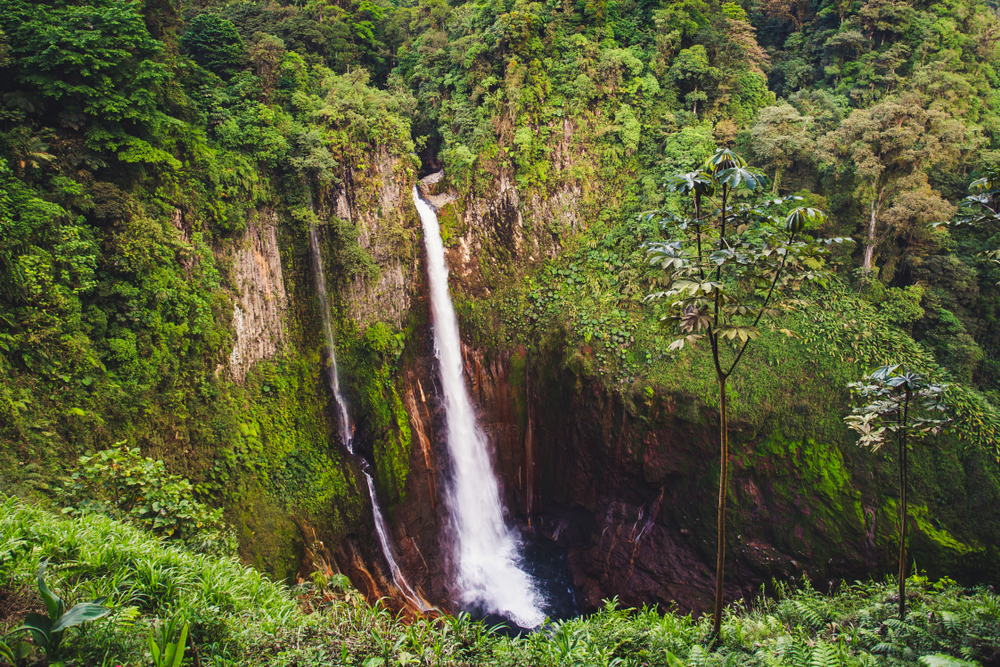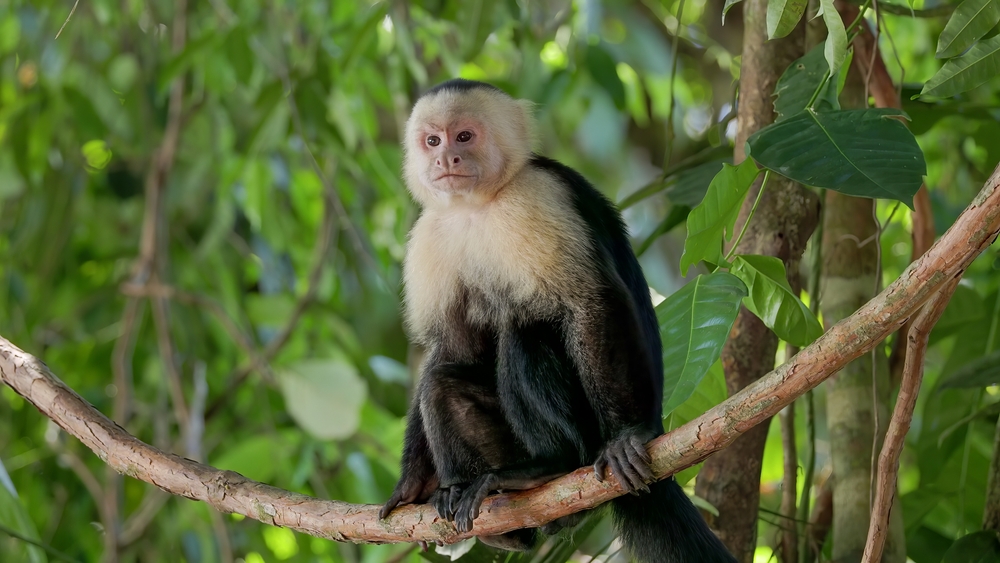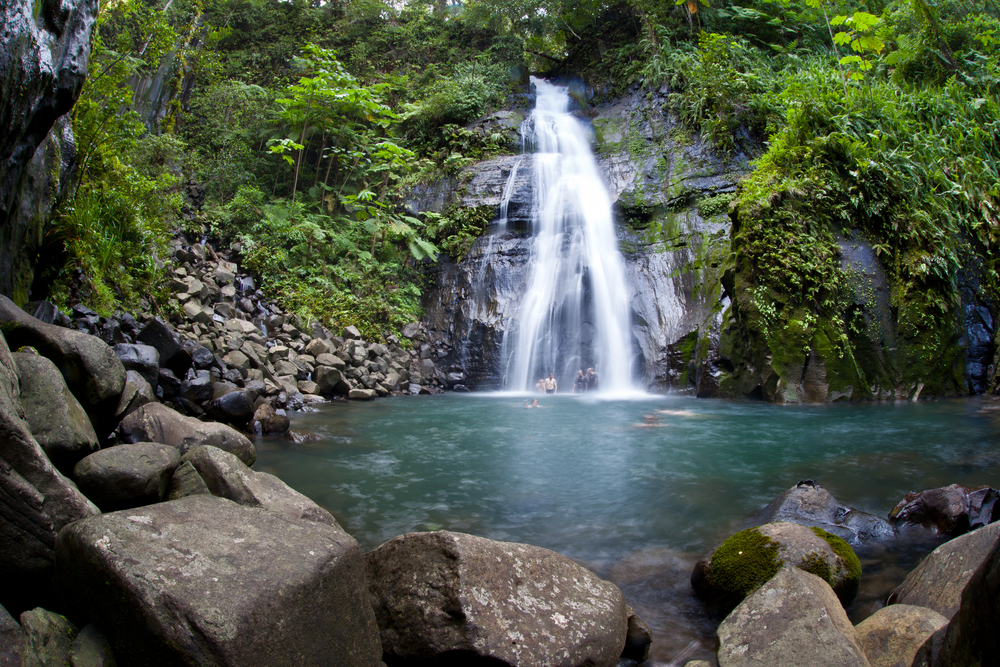Las Baulas Marine Overview
Las Baulas Marine National Park, known locally as Parque Nacional Marino Las Baulas, is a unique coastal sanctuary located in the Guanacaste region of Costa Rica.
Covering approximately 5 square miles (13 square kilometers), this marine reserve is celebrated for its breathtaking natural beauty and vital role in the conservation of endangered species. The park’s landscape is a harmonious blend of pristine sandy beaches, rugged rocky outcrops, and meandering tidal estuaries fringed by flourishing mangrove forests.
Among its most renowned features is Playa Grande, a sweeping stretch of soft, golden sand that serves as one of the world’s most important nesting sites for the majestic leatherback turtle. As dusk falls and the moon casts its gentle glow, these ancient mariners come ashore to lay their eggs, a phenomenon that captivates nature enthusiasts and conservationists alike.
The terrain within Las Baulas is as diverse as it is dramatic. Coastal dunes give way to patches of resilient tropical vegetation that have adapted to the salty winds and shifting sands, while secluded tidal pools and shallow lagoons provide a haven for marine life. Although the park is primarily defined by its coastal features, the surrounding area is marked by low-lying hills and natural rock formations that add to the scenic charm.
Verdant vegetation intermingles with sparse desert-like patches, creating a mosaic of ecosystems that support an impressive array of flora and fauna. Visitors exploring the park will be treated to the sight of vibrant wildflowers, hardy shrubs, and a variety of coastal trees that stand as silent witnesses to the relentless rhythm of the ocean.
Wildlife abounds in this protected haven, where the endangered leatherback turtle is the undisputed star. In addition to these gentle giants, the park is home to a host of other creatures. Agile coatis, playful howler monkeys, and the elusive white-tailed deer roam the forested areas, while the skies overhead are alive with the calls of egrets, herons, and even the occasional scarlet macaw.
Birdwatchers and wildlife photographers will find endless inspiration in the dynamic interplay of life across the land and sea. Popular among visitors are guided tours that traverse the mangrove channels by kayak, snorkeling adventures in the clear blue waters, and nocturnal excursions to witness the remarkable turtle nesting rituals firsthand.
Despite its undeniable allure, Las Baulas Marine National Park has not been without challenges. Illegal fishing, habitat encroachment, and human disturbance have threatened its delicate ecosystems. However, the park’s management, in collaboration with local communities and international conservation organizations, has implemented robust measures to mitigate these pressures.
Through educational initiatives, strict regulatory enforcement, and habitat restoration projects, the park has seen notable successes in preserving its natural heritage. These ongoing efforts ensure that Las Baulas remains not only a haven for wildlife but also an inspiring example of how dedicated conservation can foster coexistence between human activity and nature.
The park’s serene atmosphere, combined with its stunning natural features and strong commitment to preserving its unique ecosystems, offers visitors an immersive experience that deepens their appreciation for the delicate balance of life along Costa Rica’s vibrant coastline.











































































